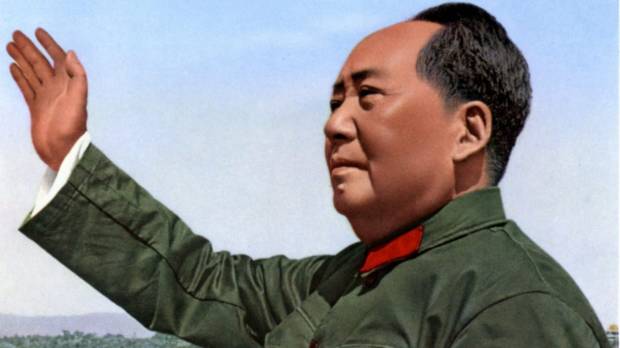Mao Zedong was the founding father, Chinese Marxist political theorist, statesman, soldier, poet and communist revolutionary of the People’s Republic of China. This power thirsty leader came to power around World War I and continued till his death. Though he was born to wealthy parents, he worked in fields and grew increasingly ambitious and restless. At a young age he joined the Nationalist Party and Revolutionary Army and reveled in the cultural and political change in the Republic of China.
Timeline
Mao Zedong was born in Shaoshan, China on 26th December 1893. He died in Beijing, China on 9th September 1976.
Country
People’s Republic of China
Rise to Power
In his initial years, he along with the Commander in Chief of the army, Zhu De, developed guerilla warfare tactics in countryside areas. In the Ziangxi period, Mao, as Chairman of the Chinese Soviet Republic, gradually expanded and strengthened base areas further controlling the Chinese population in millions. The Red Army grew and defeated inferior troops easily but couldn’t stand against the elite units of Chiang Kai-shek, Chairman of the Kuomintang. Mao moved towards Communist ideologies in 1921 and became one of the inaugural members of the Chinese Communist Party. In July 1937, Chiang Kai-shek fled the capital in Nanking, after China was invaded by the Japanese Imperial Army. It was this time Mao helped in fighting the Japanese by establishing himself as military leader. He set his sights on controlling entire China in 1945 after the Japanese defeat. He established the People’s Republic of China on October 1, 1949.
Dictatorship
By sentencing people indiscriminately to death, he had killed approximately 4-6 million people, in his first 5 ruling years. Besides executing endless number of enemies of the state, he starved around 20 million people, with the kind of policies he imposed.
End of Regime
In an attempt to increase industrial and agricultural production, Mao launched the ‘Great Leap Forward’. Mao expected advancement worth a century in just a few decades, but the three years of bad harvests and floods did not help meet his expectation. Around 40 million people died from the period 1959 to 1961, due to the appalling famine that had set in. Mao was inept at running the country. Rivals took control of the nation, quietly pushing Mao to the sidelines. The Cultural Revolution he adopted later destroyed the traditional heritage of China, creating a general social and economic chaos. He died at the age of 82, on 9th September 1976, suffering from complications of Parkinson’s disease.
Short Term Impact
Mao set unrealistic grain yield targets for a number of geographic regions in China but in 1958, they were strictly implemented. This led to the great famine and excessive health tolls during the period 1959-1961.
Long Term Impact
The radical policy adopted by Mao, caused seriously slow economic development and deterioration in accumulation of human capital in regions that were policy affected. The impact remained even decades after his death.
Trivia
Mao Zedong followed Leninist ideas, with the belief that farming peasants could help communism in Asia.
Mao didn’t like ideologies of the conservative in nature Chiang Kai-shek.
He feared losing control and power and labeled Chinese ‘rightists’ in thousands immediately.
Critics state that Mao created false crisis that could be solved only by he himself.
Mass destruction resulted in the People’s Republic of China due to his wrong decisions.







